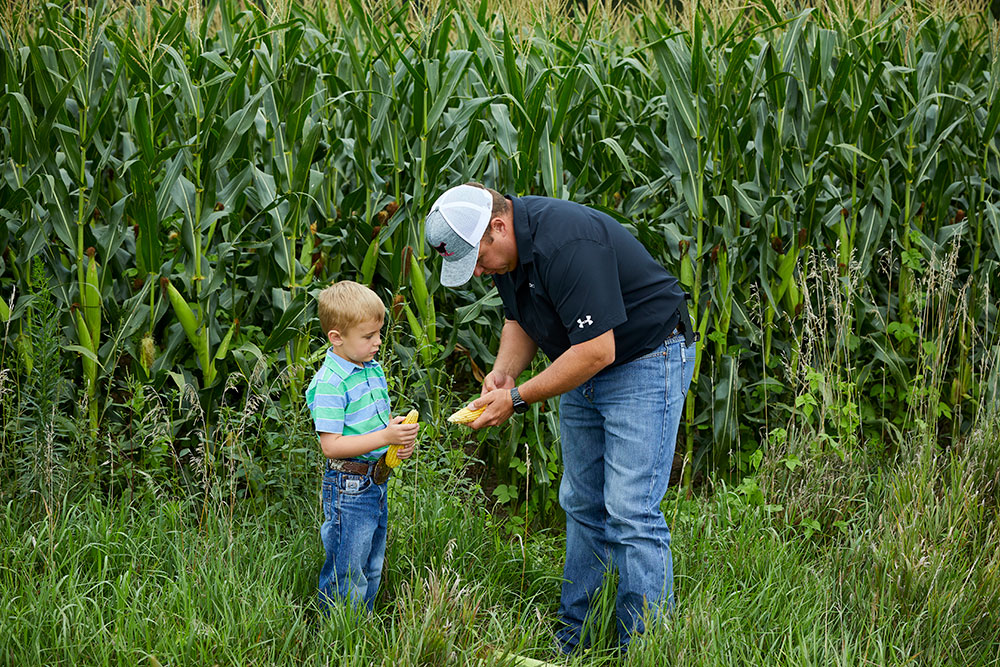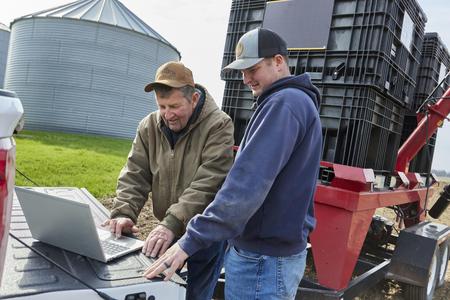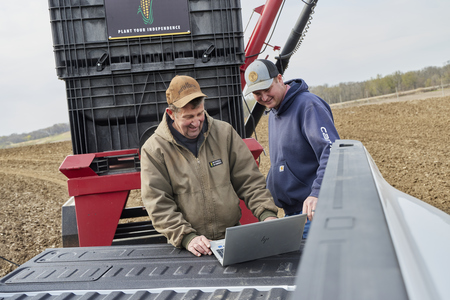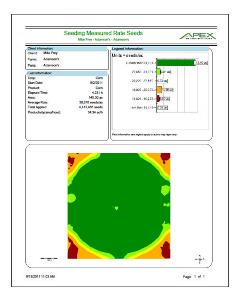Mega Menu
Mega menu is possible in BS5 but we will need to create a custom template layout for the navigation widget. The following is a hard-coded example.

Font Awesome 6
FA6+ icons will work on all widgets.
The FMH Icon box will need a new version created because the styling is broken in Bootstrap 5 templates (this has nothing to do with FA).
FMH Icon Widget
Icons can now be used in Content blocks by pasting the HTML tags from www.fontawesome.com into the HTML editor.
Here are some new icons from Font Awesome 6
face-awesome
envelopes
wheat-awn
Bootstrap Components
Code snippits from http://getbootstrap.com pasted into Content Blocks.
h1. Bootstrap heading
h2. Bootstrap heading
h3. Bootstrap heading
h4. Bootstrap heading
h5. Bootstrap heading
h6. Bootstrap heading
Nav Tabs
Nav Pills
Accordion
.accordion-body, though the transition does limit overflow.
.accordion-body, though the transition does limit overflow.
.accordion-body, though the transition does limit overflow.
Tables
| # | First | Last | Handle |
|---|---|---|---|
| 1 | Mark | Otto | @mdo |
| 2 | Jacob | Thornton | @fat |
| 3 | Larry the Bird | ||
Alerts
Image Carousel
Modals
Sitefinity Widgets
Default, out of the box, Bootstrap 5 templates available for widgets.
The navigation template used above is called Horizontal.
Navigation Widget - Tabs Template
Navigation Widget - Pills Template
Breadcrumb
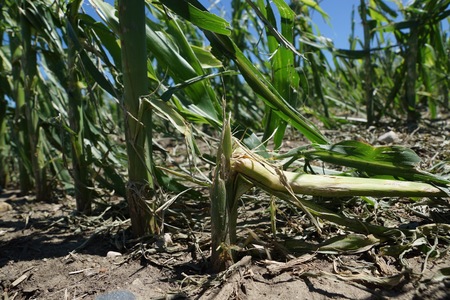
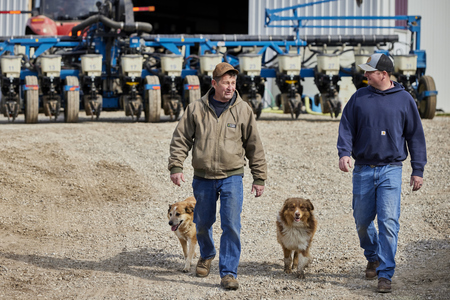
List Widget - Expandable List Template
Precision Claims FAQs
List Widget - Simple List Template
Crop Claims Reminders
-
How To Report MPCI Claims
-
MPCI Claim Reporting Deadlines
-
Appraisals
-
Production Records by Unit
-
Production Delivered to a Commercial Elevator
-
Production From Precision Farming Technology Systems
-
Production Weighed and Farm Stored
-
Authorization for Load Records, Storage Structure Marking, or Combine Monitor Records
-
Fed Production
-
Quality Adjustment
-
What is a Simplified Claim?
-
What can insureds do to expedite the claim process?
List Widget - Anchor List Template
Quality Control Review FAQ
- What can an Insured do to prepare for a review?
- What can Agents do to prepare for a review?
- How does the review process begin?
Quality Control Review FAQ
What can an Insured do to prepare for a review?
Third party documentation (i.e. summary/settlement sheets from the elevator) is required when applicable and available. Insureds are expected to have available hard copy records that will 1) support the total production raised for the crop/county/year being reviewed and 2) that can demonstrate how production was kept separate between various units, practices and types (if applicable).
Insureds will also want make themselves available to meet with the quality control reviewer as the reviews will need to be completed before the claims can be processed.
What can Agents do to prepare for a review?
How does the review process begin?
Documents List - Documents List Template
Documents List - Documents List Template
| Title | Type | Size | |
| 602 KB | DownloadFMHQ Release 2 Guide | ||
| 405 KB | DownloadWFRP Checklist for Agents 2026 | ||
| 504 KB | DownloadWFRP Policy Provisions 2026 | ||
| 3231 KB | DownloadWFRP Handbook 2026 | ||
| 203 KB | DownloadECO_MCO_SCO_Coverage Comparison Flyer |
News Widget - News List Template
News list template is the only template available by default.
INDIANA FARMER REAPS BENEFITS FROM PRECISION SOLUTIONS
Tom Stoy became interested in using FMH’s Precision Crop Insurance Solutions for his farm operation after talking with his FMH agent, Ty Kumler, of Wathen Insurance. Over the course of a few years, he worked with his agent and his FMH Precision Technology Specialist to use his precision data for acreage and production reporting.
Making the decision to use precision data for crop insurance reporting requires some research and planning. Stoy has a 15,000-acre farm operation near Ashley, Indiana. For him, integrating precision data into his farm plan would affect how he integrates and uses his precision equipment across all the acres he manages.
However, reporting acreage and production within an existing farm management routine can help growers reap the benefits. “It saves us a lot of time not having to provide the documentation,” said Stoy.
Before getting started with the Automated Crop Reporting (ACR) process, Stoy already had precision equipment set up on all his planters and combines. He was skeptical that his reporting would be accurate.
With the help of his Precision Technology Specialist, Patrick Temple, Stoy tried one county the first year using his harvest data. After that went well, he used precision data to report his entire crop land for 2018.
Temple said, “We’ve worked with him for a few years. In 2017 we did the first year with ACR. He’d just come off the county plan Area Revenue Protection, and he wanted to split out his precision.” Stoy farms both dryland and irrigated fields.
When it comes to planting and using precision data, Stoy continues to record his data and upload it to his John Deere Operations Center. Now, with acreage reporting, all Stoy needs to do is let his agent know when his spring planting data is ready.
ACR saves Stoy a lot confusion and duplication when it comes to managing his data. Among the benefits he sees with ACR, one of the most significant is how it allows him to make his Actual Production History (APH) more accurate over time. A more accurate APH ensures more exact crop insurance coverage. Using precision data for crop insurance also means it’s much easier for Stoy to use and maintain his records.
Stoy works with his agent not only in the spring, but throughout the year to keep his precision data submitted regularly. It’s especially important for him to ensure accuracy with so many acres, including farm descriptions.

"[With ACR,] you’re going to have a truer yield than what you had before with acreage reporting. You can go to the agent first, then take your acreage report to your FSA office.
- Patrick Temple, Precision Technology Specialist
Temple explained how ACR allows growers the ability to report acres earlier since there is less paperwork needed versus traditional reporting processes.
Additionally, if the grower has a loss, precision data can be used to speed up the adjusting process and their claim could be paid sooner. If the grower has a crop hail policy as well, and it’s already amended, he or she can use precision data for their crop hail claim and get paid earlier for that, too.
Over time, using precision data for crop insurance with Precision Crop Insurance Solutions allows growers like Stoy to keep more accurate records, streamline the reporting process, improve their APH, and expedite the claims process.
Blog Posts Widget - Blog Posts Lists Template
-
Reporting Acreage with FMH Precision Solutions
Many policyholders already collect precision ag data during planting. Put that data to work to report acreage for crop insurance with FMH Precision Solutions.Full story -
Prepping Your Customers for Planting with Precision
Help your farmers use the precision data they're already collecting to simplify planting and reporting this spring.Full story -
Q&A with an FMH Precision Tech Specialist
Learn how our expert staff supports agents getting started with Precision SolutionsFull story -
Traditional vs. Precision Claims: What Are the Differences?
Oct 16, 2023, 14:01 by Eric RicheLearn how Precision Solutions can lead to simplified claims and easier APH reviews for your customers.Full story -
See How Precision Solutions Saves Premium and Improves APH
See the difference with examples from our recent FieldView™ Partner Connect webinar.Full story
